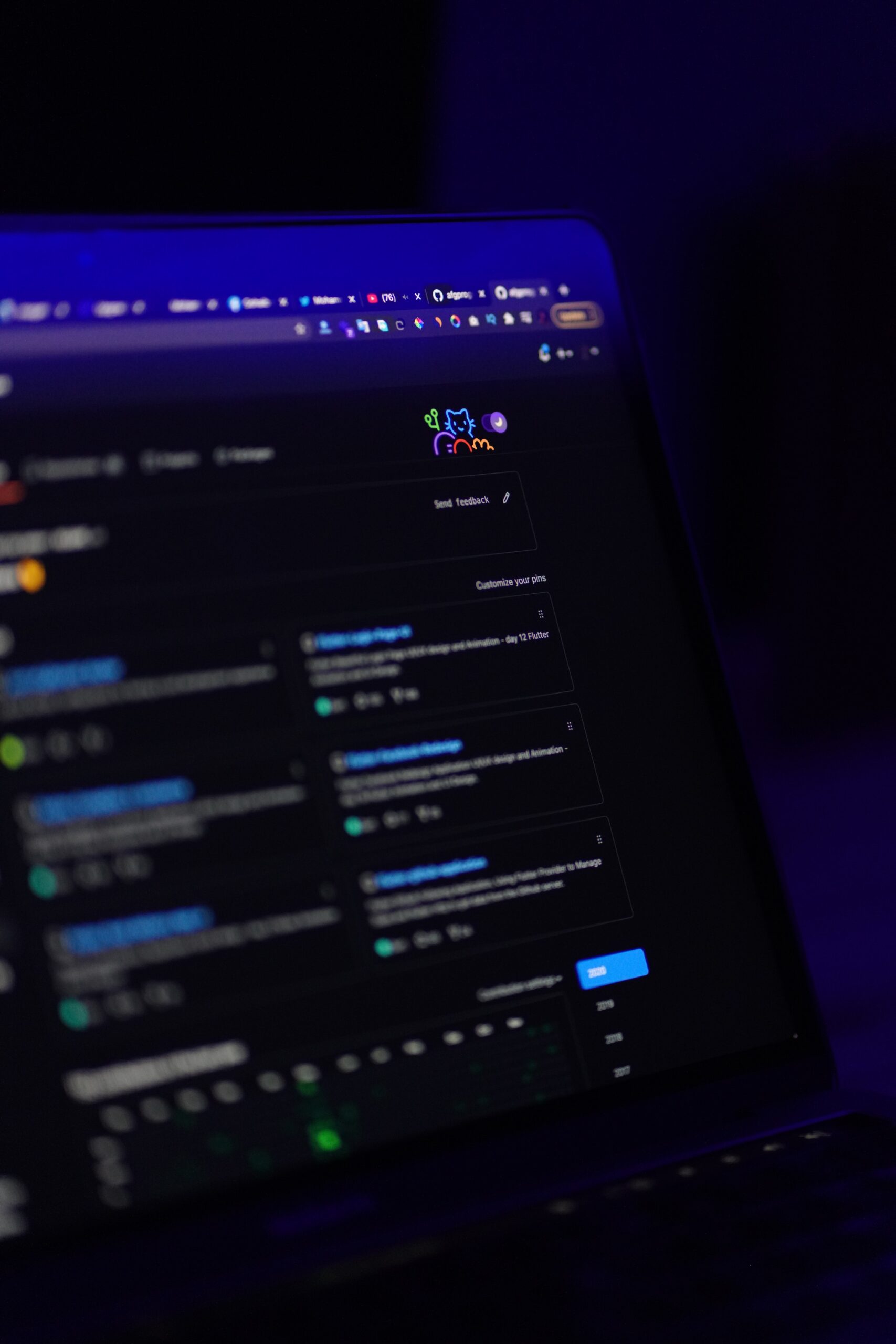
Dark Mode Design: Why Web Designers Should Consider It
As web designers, we’re always looking for ways to stay ahead of the curve and make our designs stand out from the competition. One of the hottest trends right now is designing websites in dark mode. Dark mode design has become increasingly popular over recent years due to its many benefits and stylish aesthetic appeal. In this post, I want to give my case for why web designers should incorporate dark mode into their designs and how they can do so effectively.
The Basics of Dark Mode Design
Dark mode is a design trend that enables users to use their devices in low light environments without straining their eyes. It reverses the colors of the interface; instead of having a white or bright background with dark text, it has a black background with light text. It retains the traditional high contrast of black & white, but subverts the user’s expectation of the white background with black text. This gives websites and apps an incredibly stylish look while providing comfortable reading experience for your viewers – which is still the most important thing to consider when designing a site.
Some Benefits
One of the major benefits of dark mode is that it helps conserve energy on OLED screens such as those used in smartphones and laptops. By switching from bright backgrounds to darker ones, you’ll be able to reduce battery drain and extend your device’s life. This can be especially useful if you’re designing for mobile platforms
where battery life is at a premium, and with 55% of web traffic coming from mobile devices and 92% of Internet users at some point using their phone to visit the web, you absolutely have to consider mobile when creating a website. Dark mode also has a ton of visual benefits for both designers and users alike. By using dark backgrounds, you’ll be able to create contrast with your foreground elements such as text, images, and buttons which will make them stand out more clearly (a basic concept of design). This ultimately improves user experience by making it easier to find important information on the page quickly since many people just scan for the information they need. It doesn’t go unnoticed, too, that dark mode allows your design to look more sophisticated making your website designs both stand out from the crowd and show your proficiency as a designer. Other advantages include increased readability in low-light environments, improved accessibility for those with vision impairment, and better data protection due to increased privacy settings enabled through dark mode designs. The latter is especially important if you’re designing websites that handle sensitive personal information such as credit card details or health records.
Implementation Tips
When integrating dark mode into your designs, it’s essential to prioritize user control and seamless transitions. Provide a clear toggle switch that allows users to switch between light and dark modes effortlessly. Ensure that your color palette maintains sufficient contrast to enhance readability and accessibility in both modes. Consistently apply your brand’s identity by adapting logos and graphics to suit dark backgrounds without losing their impact. Additionally, test your designs across various devices and lighting conditions to ensure a uniform experience. By thoughtfully implementing dark mode, you can cater to user preferences while maintaining a cohesive and professional aesthetic.
By using dark mode in your design, you can make sure that your website or app looks unique compared to its competitors and provides the targeted users with an optimal experience, which is key to a thriving business. Keep in mind that dark mode isn’t just trendy – it can also have lots of practical advantages for both designers and users alike. So why not give it a try? You won’t be disappointed!
